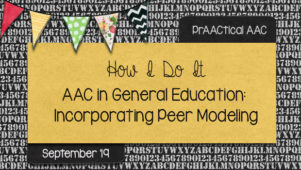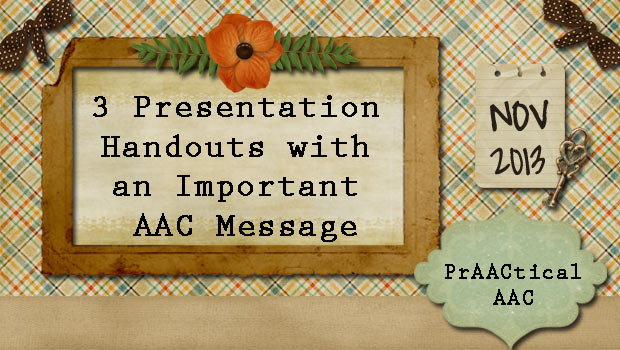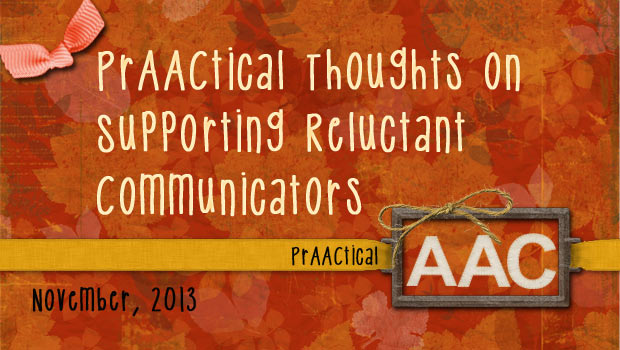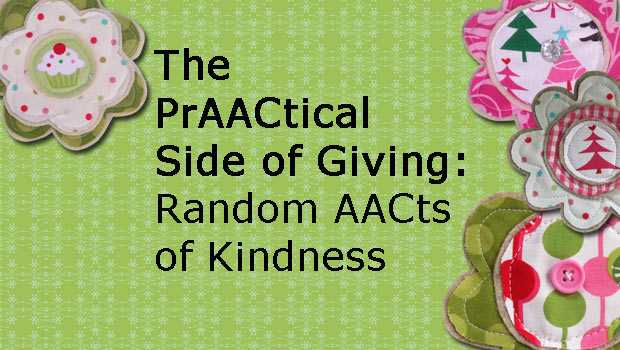When Students are Reluctant to Use AAC: 5 Things to Try
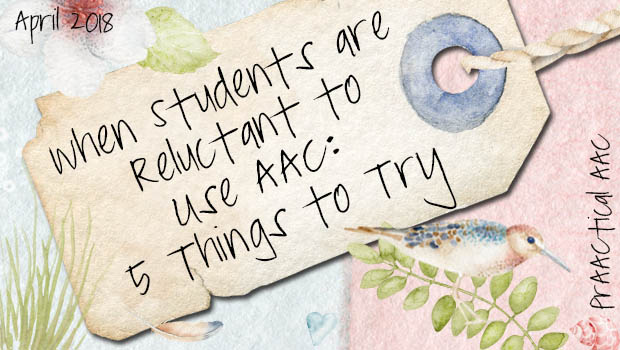
Work with students who are reluctant to use their AAC in front of others? Sometimes students become self-conscious and hesitate to use SGDs or other forms of AAC out of the fear that it will make them stick out. Of course, we do our best to encourage them but what else can we do? Here are a few things to try.
- Normalize AAC use: When lots of people use AAC, it reduces the student’s feeling that they stick out. Be relentless in your own modeling, and help others to build the habit of using AAC when they speak.
- Connect them with an AAC mentor: Role models can have a powerful influence on our perception of our world and ourselves. Connect students to others who use AAC successfully. If there aren’t older students or adults in your community, consider making online connections using social media. There are quite a few people who use AAC who are active in Facebook groups and Twitter, and some may be open to connecting with your students.
- Seed the device with words/messages that will get positive responses from peers: Take a second look at the things programmed into the student’s SGD to see if it really represents the kinds of things the student wants to talk about. Think: classmates’ names, nicknames, current slang, compliments, complaints, rebukes, sassy sayings, etc. What do speaking students talk about that isn’t yet on your student’s device? Consider adding vocabulary or messages to fill that gap.
- Mobilize the Power of Peers: Recruit a few classmates to actively support the student. Consider a Buddy program or using a Circle of Friends approach to build natural supports. Teachers and therapists will change from year to year, but friendships can continue throughout their school career.
- Use videos of successful AAC users in therapy and instruction: When planning your therapy or instructional lesson, consider including videos of people who communicate effectively with AAC. The more often they see people near and far using SGDs and other forms of AAC, the more acceptable it becomes to communicate in a variety of ways. You don’t need to make a big deal about how AAC users in the video are communicating; focus on the content and use that as part of the context for the lesson.
With AAC they may look different, but without it they will BE different because they can’t fully participate in life experiences.
Do you have tried-and-true ways of helping reluctant AAC users become more comfortable in their use of augmentative means of communication? We’d love to hear about them.
Filed under: Featured Posts, PrAACtical Thinking
Tagged With: emotional competence, emotional support, peer supports, reluctant communicator, self-esteem
This post was written by Carole Zangari

